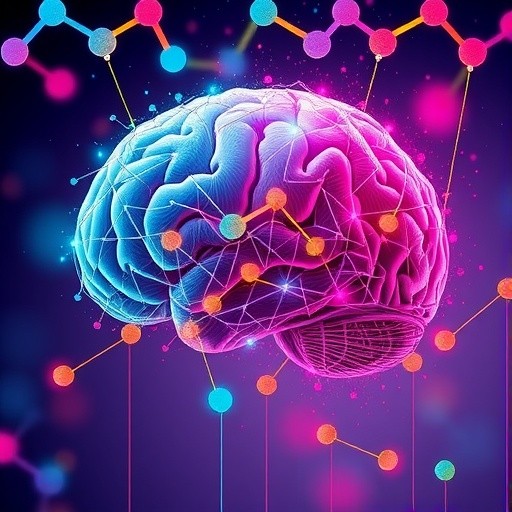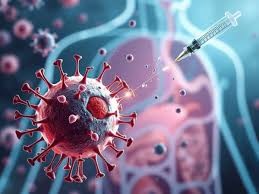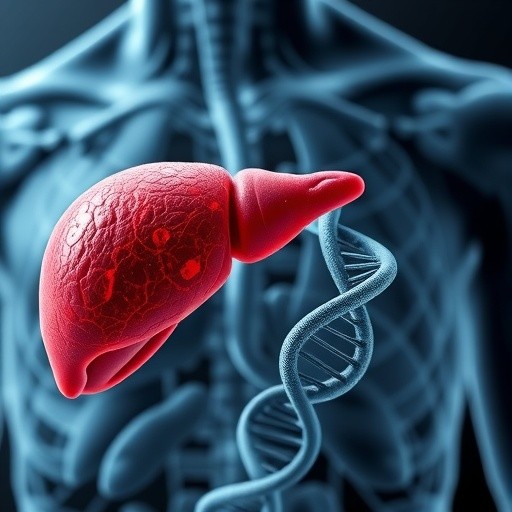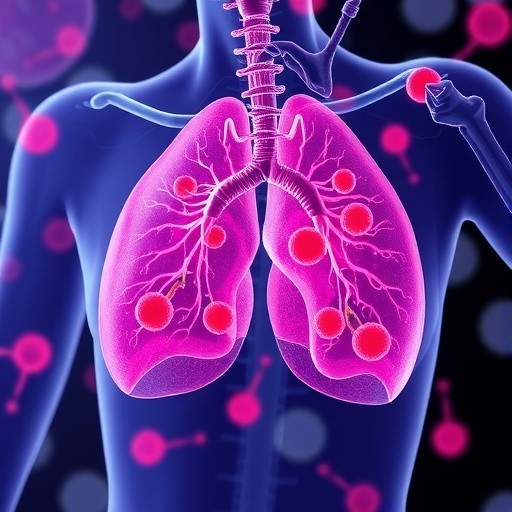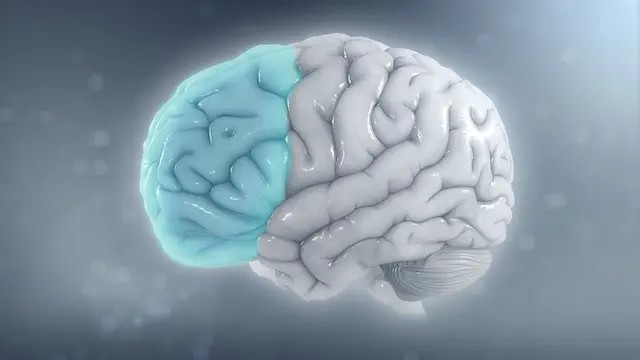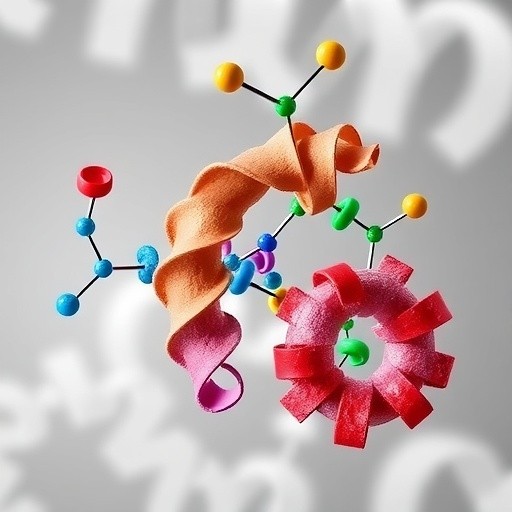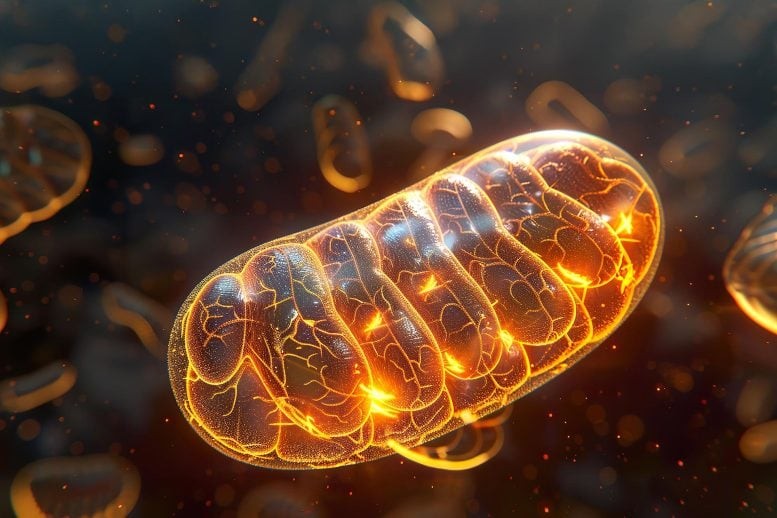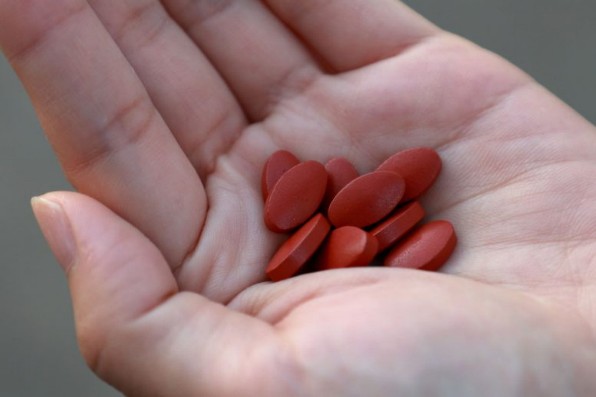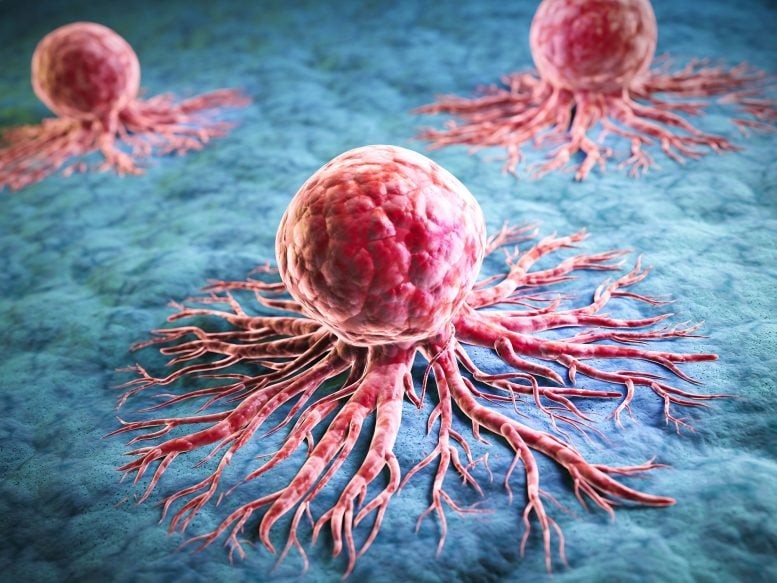Mystery Unraveled: Scientists Reveal How Life’s Key Molecule Gains Entry into Mitochondria
A long-standing biological mystery has finally been solved. Yale researchers have discovered how one of life’s most essential molecules—coenzyme A (CoA)—enters mitochondria, the energy-producing centers of cells. Their findings, published in Nature Metabolism, reveal that CoA is actively transported into mitochondria through specific molecular pathways, opening new doors for understanding and treating diseases linked to metabolic dysfunction.
CoA, a molecule derived from vitamin B5, is indispensable for nearly every metabolic process in the human body. About 95% of it resides inside mitochondria, where it helps drive energy production and regulates metabolism. Until now, scientists didn’t know how this molecule crossed into the mitochondria — a question that has puzzled biologists for decades.
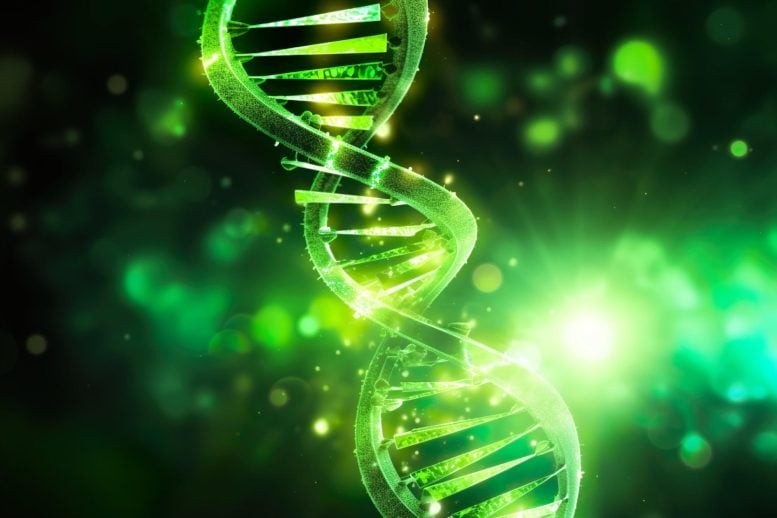
Figure 1. Molecule Gains Entry into Mitochondria.
“CoA rarely exists alone; it binds to many different molecules, forming a range of chemical compounds that make it challenging to study,” explained Dr. Hongying Shen, senior author of the study and associate professor of cellular and molecular physiology at Yale School of Medicine.
To tackle this challenge, Shen’s team developed an advanced mass spectrometry–based method to detect and map every form of CoA conjugate inside cells. They identified 33 unique CoA conjugates within whole cells and 23 within mitochondria. Figure 1 shows Molecule Gains Entry into Mitochondria.
Next, the researchers asked whether these mitochondrial CoA compounds were made inside the organelle or imported from outside [1]. Their experiments showed that the enzyme responsible for CoA production primarily operates outside mitochondria. When they removed the transporters that normally shuttle CoA, its mitochondrial levels dropped sharply — confirming that CoA must be imported.
“These results provide strong evidence that CoA is actively transported into mitochondria, and that these transporters are essential for the process,” Shen said.
The discovery doesn’t just solve a basic biochemical puzzle — it has major medical implications. Mutations in the genes that encode CoA transporters have been linked to neuromuscular disorders such as encephalomyopathy, which causes developmental delays, epilepsy, and muscle weakness. Similarly, defects in CoA-producing enzymes are associated with neurodegenerative diseases.
Shen’s lab is now exploring how mitochondrial CoA regulation affects specific cell types, especially neurons, and how its disruption could contribute to brain and psychiatric disorders.
“There’s growing evidence that impaired mitochondrial metabolism underlies many neurological and psychiatric diseases,” Shen said. “By understanding how vitamin B5–derived CoA functions in these cells, we may uncover new pathways for diagnosis and treatment.”
This breakthrough continues Yale’s century-long legacy in metabolism research — a tradition that dates back to Lafayette Mendel, the Yale scientist who co-discovered vitamin A and the vitamin B complex in the early 1900s.“With this work,” Shen added, “we’re proud to build on that history and move closer to understanding how micronutrients sustain life at the cellular level.”
References
- https://scitechdaily.com/longstanding-mystery-solved-scientists-discover-how-lifes-most-essential-molecule-enters-mitochondria/
Cite this article:
Keerthana S (2025), Mystery Unraveled: Scientists Reveal How Life’s Key Molecule Gains Entry into Mitochondria, AnaTechMaz, pp.522



